Alcoholic liver disease
People who regularly abuse alcohol face such a problem as alcoholic liver disease. As a result of its development, cirrhosis, fatty degeneration and hepatitis of the liver may occur. These diseases are very serious and difficult to treat. They most often affect men, but their development is faster in women. Timely assistance upon detection of such a problem will help get rid of serious consequences.

specialists

equipment

treatment
Symptoms of Alcoholic Liver Disease
First stage
The first stage of the disease is asymptomatic. But in some patients it is possible to observe:
- Pain in the right hypochondrium
- Decreased appetite
- Nausea
Jaundice may appear.
Second stage
Acute alcoholic liver disease does not show symptoms. It begins and progresses quickly, and often ends in death. At this stage, the following symptoms can be observed:
- Dull pain on the right side
- Nausea and vomiting
- Diarrhea
- Loss of appetite
- Weakness
In addition, regardless of the stage of the disease, it is very often accompanied by hyperthermia.
Chronic form
The chronic form lasts a long time and is complicated. The following symptoms appear regularly:
- Moderate pain in the right hypochondrium
- Belching
- Nausea
- Constipation and diarrhea
Jaundice may occur very rarely. When the disease begins to progress, cirrhosis of the liver develops. In this case, the symptoms characteristic of it can be observed:
- Redness of the palms
- Spider veins
- Change in nail consistency
- Gynecomastia
The more cirrhosis develops, the more symptoms can be observed. That is why it is important to diagnose the disease in time and begin its treatment.
Reasons

The disease develops due to uncontrolled alcohol consumption. As a result, ethyl contained in alcohol enters the body. In fact, it is a poison for the human body. It enters the stomach and liver, where it is broken down and excreted from the body naturally. But if alcohol is consumed regularly, the body does not have time to cope with its processing and excretion. Thus, toxic substances accumulate in the liver, causing various diseases.
The main causes of liver disease:
- Long-term consumption of alcohol in large doses
- Genetic predisposition
- Liver diseases, suffered or active
All this leads to the occurrence of the first stage of alcoholic liver disease. And if you do not start timely treatment, it will move to other stages, which will be difficult to cope with.
Stages of alcoholic liver disease
There are three of them: steatosis, alcoholic hepatitis, cirrhosis.
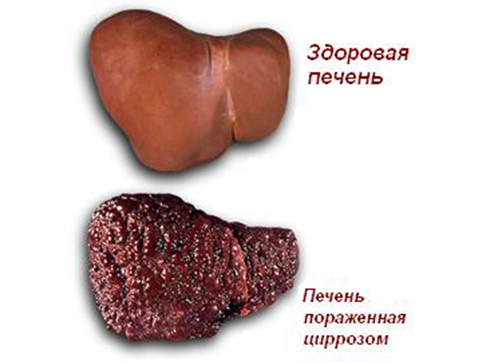
-
Steatosis of the liver
This is the first stage - alcoholic fatty liver disease. It develops in almost all people who drink alcohol excessively. If you stop drinking, then within a few weeks the condition of the organ will normalize without medical intervention. But if you continue drinking alcohol, first alcoholic hepatitis will develop, then cirrhosis of the organ.
-
Alcoholic hepatitis
At this stage, subacute inflammation of the liver develops. It is characterized by the appearance of giant mitochondria, Mallory bodies, and fibrosis develops. The disease occurring at this stage is accompanied by liver dysfunction, and ultimately cirrhosis develops. Very often, complications arise, such as bleeding from varicose veins. This is a symptom that the disease is progressing, and it is necessary to immediately begin its treatment by contacting a medical center.
-
Cirrhosis of the liver
The last stage of the disease, which develops very often in alcohol-dependent people. Accompanied by massive fibrosis, disruption of the main functions of the liver. Leads to the development of portal hypertension. The risk of developing other diseases, for example, hepatocellular carcinoma, increases significantly. As a result, this leads to death.

This award is given to clinics with the highest ratings according to user ratings, a large number of requests from this site, and in the absence of critical violations.

This award is given to clinics with the highest ratings according to user ratings. It means that the place is known, loved, and definitely worth visiting.

The ProDoctors portal collected 500 thousand reviews, compiled a rating of doctors based on them and awarded the best. We are proud that our doctors are among those awarded.
Make an appointment at a convenient time on the nearest date
Price
Reviews







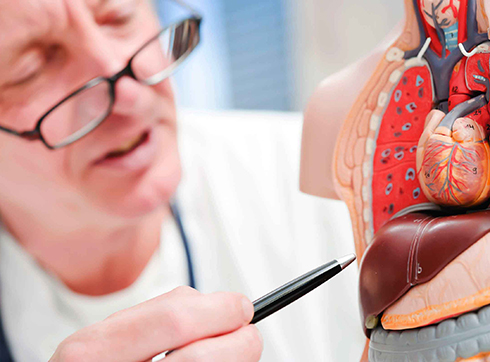
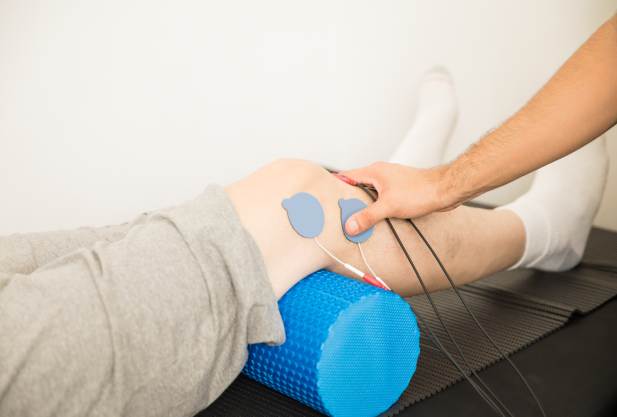
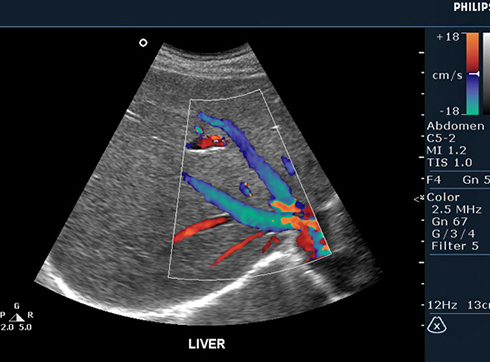
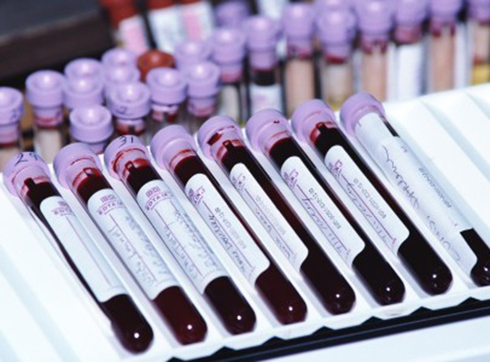
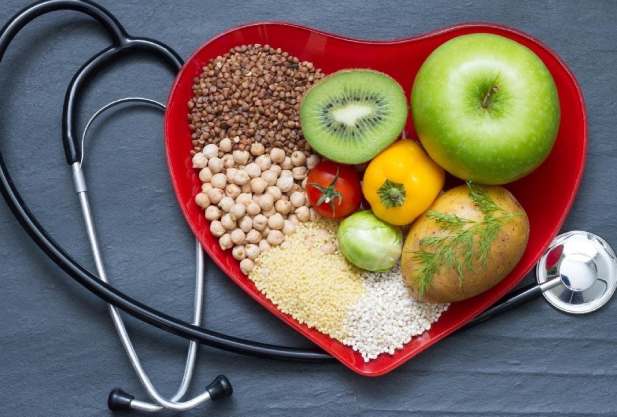










Forms
Alcoholic liver disease manifests itself in only two forms: progressive and persistent. Each form has its own characteristics.
Progressive form
It occurs in three stages:
In this form, liver damage occurs, which almost always leads to cirrhosis. If you stop drinking alcohol in a timely manner when the primary symptoms are detected, then you can completely stabilize the situation. But you cannot do without proper treatment and preventive measures. But even with this approach, relapses and the manifestation of residual effects are possible. After alcoholic liver disease is detected, the symptoms and treatment should be determined by a doctor, and all restorative procedures should be carried out by him.
Persistent form
This form of the disease is considered stable. That is, if you stop drinking alcohol in a timely manner, you can completely stop the development of inflammatory processes. Otherwise, the disease will develop into a progressive form with all the ensuing consequences. To identify alcoholic hepatitis of this form, it is necessary to undergo a series of laboratory tests, since it occurs without pronounced symptoms.